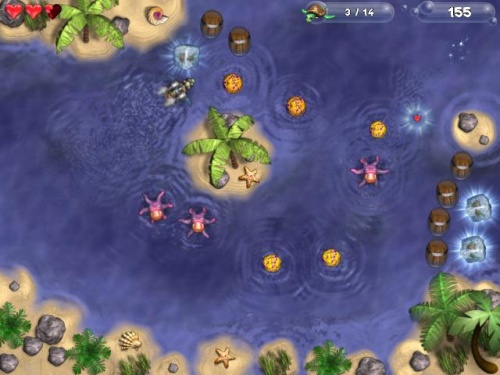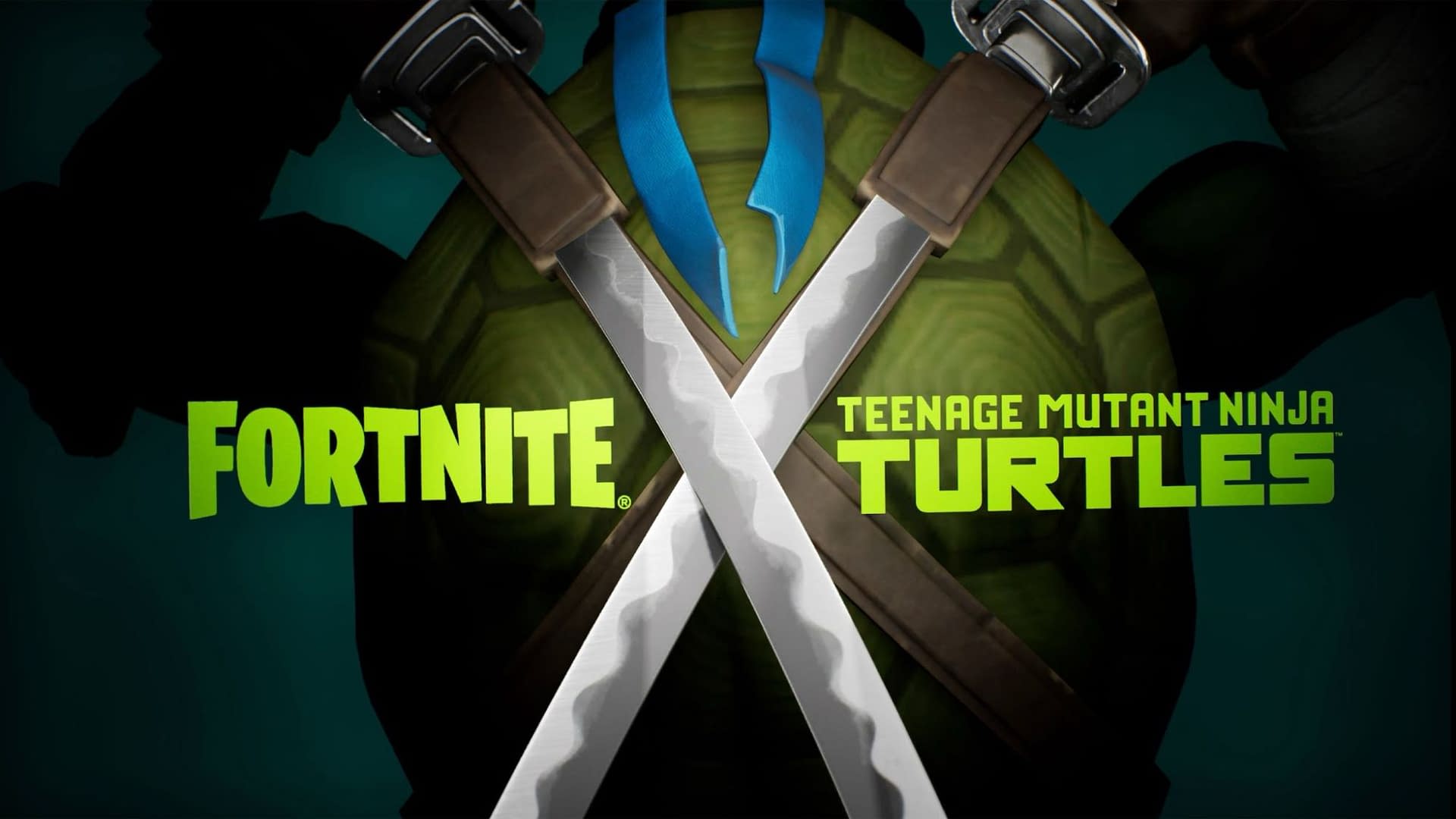
Gaming Turtle Island: Reshaping Narratives in Digital Worlds
The vast and diverse landmass known as Turtle Island, encompassing what is now called North America, holds millennia of rich history, complex cultures, and profound spiritual traditions. For too long, the stories emanating from this land, particularly within mainstream media, have been told through a colonial lens, often reducing Indigenous peoples to stereotypes or historical footnotes. However, a powerful shift is underway within the video game industry, as Indigenous creators and their allies are harnessing the interactive potential of digital worlds to tell authentic stories, preserve languages, and challenge long-held misconceptions. This burgeoning movement is not merely about representation; it is about reclamation, education, and the vibrant future of Indigenous sovereignty in the digital age.
The term "Turtle Island" itself is a powerful cultural touchstone, rooted in creation stories from numerous Indigenous nations, including the Anishinaabemowin and Haudenosaunee. It signifies a deep connection to land, a sense of belonging, and a worldview that predates colonial borders. Bringing this concept into video games means more than just setting a game in a North American landscape; it means embedding Indigenous epistemologies, perspectives, and ways of being into the very fabric of the game experience.
One of the most significant advancements has been the rise of Indigenous-led game development studios and initiatives. For decades, Indigenous scholars and artists like Skawennati, a Kanien’kehá:ka (Mohawk) artist, have explored the potential of digital spaces. Her work with Aboriginal Territories in Cyberspace (AbTeC) at Concordia University, including the Skins workshops, has been foundational in empowering Indigenous youth to create their own games and digital media. These workshops, starting in 2008, taught game development skills while emphasizing cultural protocols and storytelling, proving that games could be powerful tools for cultural transmission and self-determination.
A prime example of this collaborative and culturally informed approach is Never Alone (Kisima Ingitchuna). Released in 2014 by Upper One Games, a subsidiary of the Cook Inlet Tribal Council (CITC), in partnership with E-Line Media, it was the first game developed by an Indigenous-owned and operated game company. Never Alone draws directly from the traditional stories of the Iñupiat people of Alaska, specifically a tale passed down for generations about a young Iñupiaq girl named Nuna and her arctic fox companion. The game’s narrative is intertwined with "Cultural Insight" videos, featuring elders and community members sharing their knowledge and experiences. This innovative structure not only grounds the game in authenticity but serves as an invaluable educational resource, allowing players worldwide to learn directly from Iñupiat voices. As Gloria O’Neill, CEO of CITC, stated, "Our culture is our strength. It’s what guides us and inspires us. By partnering with E-Line, we created a game that is authentic to our culture and will bring our stories to the world."
The success of Never Alone opened doors and inspired a new generation of Indigenous creators. Dr. Elizabeth LaPensée, an Anishinaabe, Métis, and Irish game designer and researcher, stands as a leading voice in this movement. Her work consistently pushes boundaries, exploring diverse themes through a distinct Indigenous lens. In When Rivers Were Trails, LaPensée re-imagines the classic Oregon Trail experience from an Anishinaabeg perspective during the forced removal of Indigenous peoples in the 1890s. Players learn about treaty rights, land dispossession, and the resilience of Indigenous communities, making choices that reflect real historical challenges. The game serves as a powerful counter-narrative, turning a familiar educational game trope on its head to reveal a hidden history.

LaPensée’s Thunderbird Strike (2017) is another provocative example. This side-scrolling game casts players as a Thunderbird, a powerful figure in many Indigenous mythologies, flying across the continent to protect Turtle Island from the encroachment of oil pipelines. The game directly addresses contemporary environmental issues and Indigenous resistance movements, transforming a political struggle into a mythic journey. Such games move beyond mere entertainment; they become platforms for activism, education, and the assertion of Indigenous sovereignty over land and resources.
Beyond specific titles, the themes embedded in these games are crucial for fostering understanding and reconciliation. Language revitalization, for instance, is a critical component of cultural preservation. Games offer an interactive and engaging medium for learning and practicing Indigenous languages. While still an emerging area, initiatives are exploring how game mechanics can integrate language learning, ensuring that ancient words continue to be spoken by future generations.
Moreover, Indigenous games often explore complex spiritual and philosophical concepts that are rarely seen in mainstream media. Traditional cosmologies, the interconnectedness of all living things, and the wisdom of animal guides are woven into gameplay, offering players a deeper, more holistic understanding of Indigenous worldviews. This stands in stark contrast to historical representations that often fetishized or demonized Indigenous spiritual practices.
The challenges for Indigenous game developers, however, remain significant. Funding, access to technology, and marketing resources are often scarce, making it difficult for independent studios to compete with larger industry players. There is also the delicate balance of creating games that appeal to a broad audience while remaining culturally authentic and respectful of community protocols. For non-Indigenous developers who wish to incorporate Turtle Island themes, the importance of genuine collaboration, consultation with knowledge keepers, and the avoidance of appropriation cannot be overstated. The concept of "nothing about us without us" is paramount.
Yet, the opportunities are immense. The global video game market is massive, and there is a growing appetite for diverse and meaningful stories. Indigenous games offer fresh perspectives, unique aesthetics, and powerful narratives that can enrich the gaming landscape and educate millions. Achimostawinan Games, an Indigenous-owned studio, is developing Hill Agency: PURITYdecay, a detective game set in a futuristic, Indigenous-led city, blending cyberpunk aesthetics with Cree cultural elements. This demonstrates the potential for Indigenous storytelling to transcend historical settings and explore speculative fiction, further expanding the imaginative scope of Turtle Island narratives.
The impact of these games extends far beyond the screen. For Indigenous youth, seeing themselves and their cultures represented authentically in digital spaces fosters a sense of pride and belonging. It validates their experiences and offers new avenues for creative expression. For non-Indigenous players, these games serve as vital educational tools, promoting empathy, challenging stereotypes, and fostering a more nuanced understanding of the rich tapestry of Indigenous nations that call Turtle Island home.
As the movement gains momentum, we are witnessing the decolonization of digital spaces. Video games are no longer just a medium for escapism; they are becoming powerful vehicles for cultural preservation, political commentary, and reconciliation. The stories of Turtle Island, once marginalized, are now finding vibrant, interactive life in the digital realm, inviting players worldwide to engage with a deeper, truer narrative of this ancient and enduring land. The future of gaming is Indigenous, and it promises to be as diverse, resilient, and profound as the cultures it seeks to represent.


